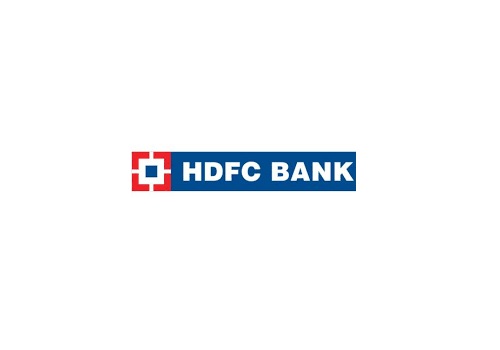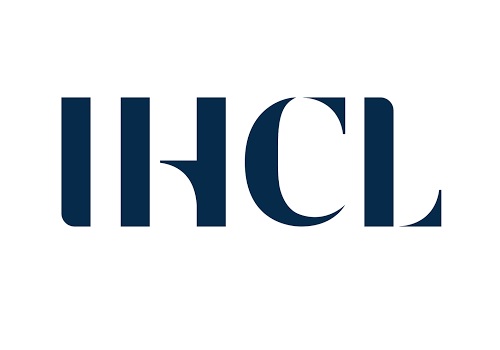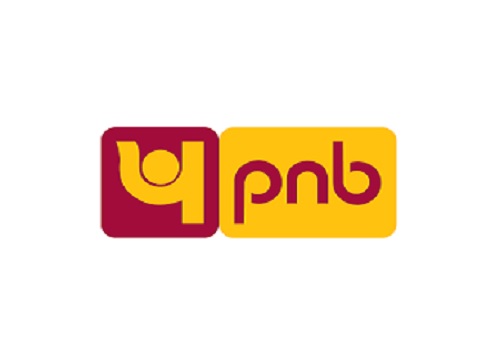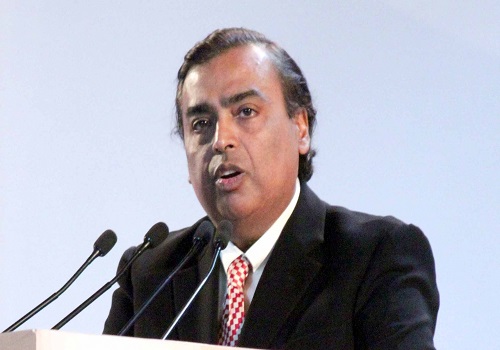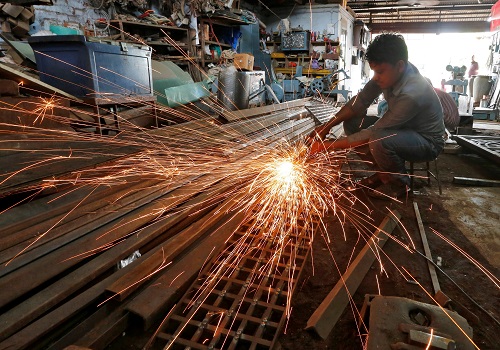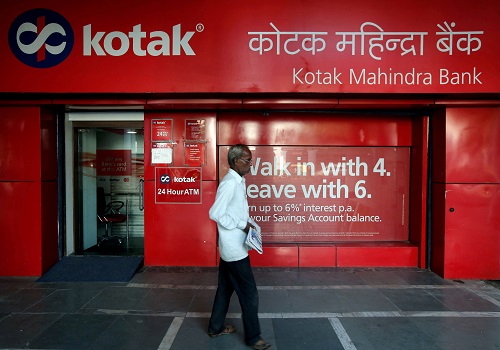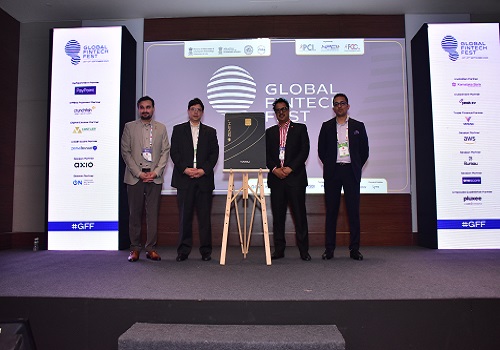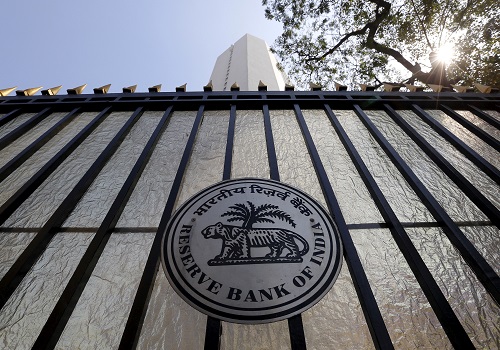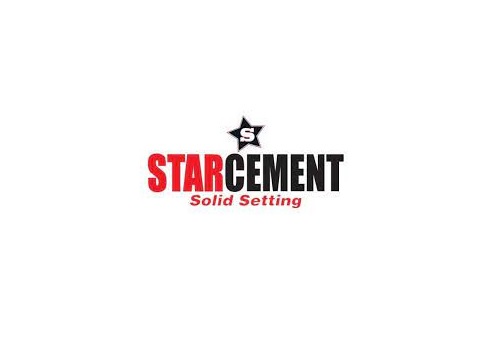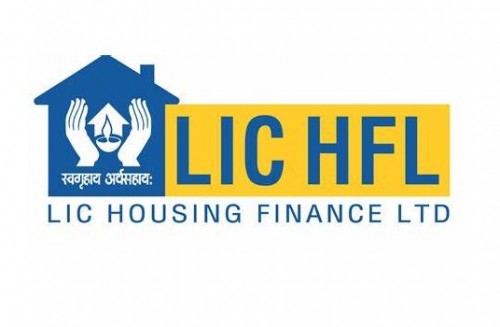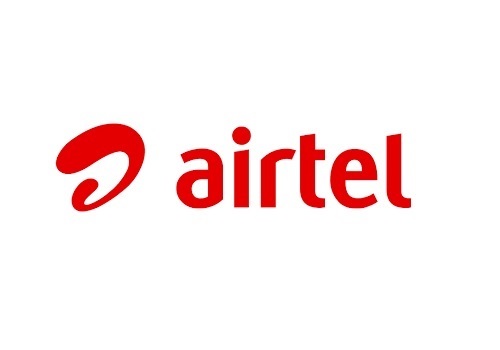Buy Equitas Small Finance Bank Ltd For Target Rs.70 - ICICI Securities
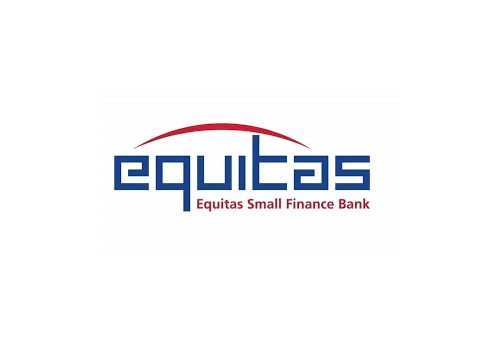
Follow us Now on Telegram ! Get daily 10 - 12 important updates on Business, Finance and Investment. Join our Telegram Channel
Credit cost normalised; AUM growth to remain robust at 25% in FY23E
Equitas SFB’s (Equitas) Q2FY23 financial performance was mixed with steady topline growth (average 5% QoQ NII growth in past 6 quarters), sustained momentum in AUM growth (disbursements were up 19% QoQ) and stable NIM despite high share of fixed-rate loans (>70% of total loans). Disbursements in Q2FY23 stood at Rs38.5bn driven by 46% QoQ growth in housing loans and >20% QoQ growth in vehicle finance. However, higher operating expenses (up 15% QoQ) and one-time provision on covid-restructured pool impacted the bottomline. Credit cost remained at 1.6% (1.35% adjusted for the one-time impact) in Q2FY23. Notably, Equitas’ liability profile continued to strengthen as seen in the CASA ratio sustaining at 48% and retail TD share at 68%. Elite (saving product for HNI customers) SA book now stands at Rs100bn, representing ~46% of total deposits. We believe Elite customer base (~75k) offers significant scope for crosssell and upsell going forward.
Asset quality continued to improve with GNPL falling to 3.9% vs 4.1% in Q1FY23 and NNPL to 2% vs 2.15% in Q1FY23 with PCR improving to 50.5% vs 48.5% in Q1FY23. While gross fresh slippages appear elevated at Rs3.1bn (~6% slippage ratio) due to migration to daily NPL tagging, net slippages stood at
* NII growth remained steady at 5% QoQ; disbursement growth at 19% QoQ improves visibility on sustainability of strong growth momentum. NII growth remained steady at 5% QoQ, supported by 5% QoQ AUM growth, spread across segments. NIM contracted slightly by 5bps due to 5bps QoQ increase in cost of funds. Cost of TD continued to trend downward as it further fell to 6.49% vs 6.54% in Q1FY23 while SA cost continued to inch up – increasing to 6.28% vs 6.24% in Q1FY23. Asset yields contracted by >5bps QoQ to 17.1% vs 17.15% in Q1FY23. Disbursements grew by a strong 19% QoQ with highest-ever quarterly disbursements in vehicle finance (up >20% QoQ). Strong disbursement growth (across products) improves visibility on AUM growth in FY23E, which we estimate to remain >20%.
* Strong traction in Elite customer base to improve cross-sell / upsell going forward. In order to tap the HNI segment, Equitas launched Elite products in Feb’20. In <3 years, deposits from the HNI segment (Rs100bn) account for 46% of total deposits. The strong traction in deposits from HNI segment reflects the product proposition and successful execution of liability strategy.
* Liability franchise shaping up well; but share of retail TD continues to fall. Steady improvement in CASA ratio to 52% in Q1FY23 from 40% in Q1FY22 derailed in Q2FY23 falling to 48% (yet one of the highest in SFB space). Retail deposit share too showing a declining trajectory as reflected in its share falling to 68% in Q2FY23 from peak of 80% in Q3FY22. While we note incremental CASA is coming at a higher cost, SA cost increased to 6.28% vs 6.05% in Q4FY22. Stickiness of Elite customers (~46% by value of total deposits) represents huge scope for upselling and cross-selling. Equitas continued to rationalise TD cost as reflected in the same falling to 6.49% in Q2FY23 vs 6.54% in Q1FY23 and 6.65% in Q4FY22.
* Improved asset quality outlook and strong credit demand from informal segment to drive 25% AUM growth in FY23E. Steady improvement in asset quality since Sep’21, enabled Equitas to redeploy its sales staff (who handled collections for some time) back to the sales function. As a result, Q2FY23 disbursement remained strong at Rs38.5bn (up 19% QoQ). Given that Equitas mostly operates in the informal customer segment (most resilient and underpenetrated market), it expects AUM growth to remain at 25% YoY in FY23.
* Gross slippages appear elevated, but net slippages well under control. Gross fresh slippages increased to Rs3.14bn vs Rs2.96bn (on like-to-like basis it was Rs3.36bn in QFY23) as Equitas moved to daily recognition of gross slippages. Earlier, it used to recognise slippages on net basis (slippages minus upgrades during the same month). Hence, net slippages remained at
* Portfolio behaviour in restructured pool – a key thing to watch. Total restructured pool fell to Rs9.8bn vs Rs11.9bn in Q1FY23, of which 32% is standard, 12% in 1-30 dpd, 16% in 31-60 dpd, 13% in 61-90 dpd and 26% is NPL. Restructured delinquent loans, which are not yet NPA as of Sep’22, stand at 1.81% of gross advances and poses a risk of higher slippages if health of these borrowers further deteriorates. Total provisioning pool stood at Rs6.1bn, of which Rs4.4bn is NPL provision, Rs0.95bn is toward the standard restructured book, Rs0.67bn toward standard asset pool and Rs0.1bn is management overlay. Total provision pool stands at 2.7% vs GNPL + restructured book at 8.2% as of Jun’22.
* Management expects credit cost to settle at 1.5% in FY23E. Credit cost moderated to 1.6% despite one-time impact of Rs0.15bn toward the restructured book. Credit cost, adjusted for the aforementioned one-time impact, stood at 1.35%, which is near normal. NPLs from the restructured book in MFI and vehicle finance book are now 100% provided. Overall, PCR improved to 50.5% vs 48.5% in Q1FY23. Taking cognisance of the improved credit outlook, slippages in nonrestructured book reaching pre-covid levels and adequate coverage on the existing NPL pool, the SFB expects credit cost to trend lower in the rest of FY23 quarters and settle much lower at 1.5%.
* Key risks. a) Stress unfolding higher than expected, and b) deceleration in AUM growth.
To Read Complete Report & Disclaimer Click Here
For More ICICI Securities Disclaimer https://www.icicisecurities.com/AboutUs.aspx?About=7
Above views are of the author and not of the website kindly read disclaimer

